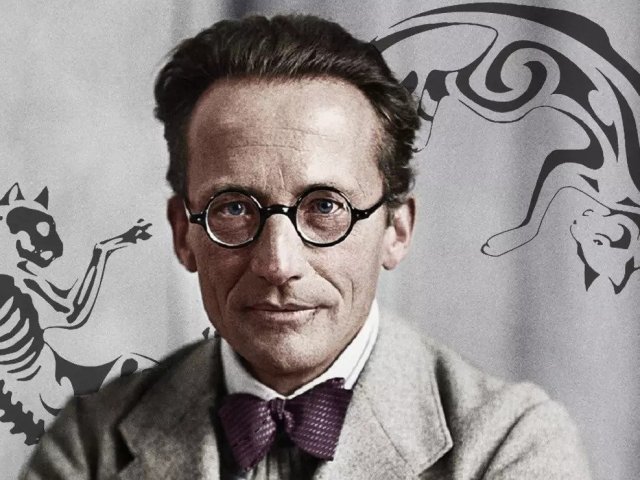A golden five-pointed star on a rectangular bar wrapped around with a red silk ribbon – the badge of the Hero of the Soviet Union, the highest degree of merit in the USSR, was instituted in April 1934. The first Heroes were seven pilots: Lyapidevsky, Levanevsky, Molokov, Kamanin, Slepnyov, Vodopyanov, and Doronin. For more than a month they were saving the Chelyuskin crew – the expedition of the icebreaker Chelyuskin, which got stuck in ice and sank in the Chukchi Sea. On April 13, 1934, the mission to rescue expedition members was completed.
Under direction of geographer and explorer Otto Schmidt, the Chelyuskin expedition was tasked with finding out whether transports can pass from the White Sea to the Pacific Ocean in a single summer navigation period. In August 1933, the steamer Chelyuskin left Murmansk. In a month she had completed three-quarters of her journey, reaching the Chukchi Sea in the first half of September. There she encountered an ice field that had completely blocked her. The ship was adrift with the crew for almost 5 months. The steamer entered the Bering Strait together with ice. She was only a few miles short of clear water where it could have continued steaming on its own when she was dragged back northwest.
The crew was aware that ice could crush the steamer, so indispensable supplies were prepared in advance for unloading. That included bricks and wooden board that could be used to build barracks. On February 13, 1934, Chelyuskin succumbed. She sank in two hours after being crushed with icepacks. 104 people were stranded 120 kilometers offshore. Among them were 10 women and two young girls who were born during the voyage. People built a makeshift camp where they survived for two months. As they waited for rescue, they cleared up ice floes so that planes could land.
Dog sledges, airships, vessels, and polar aviation were mustered to rescue the Chelyuskin crew. They were the pilots who made the backbone of the rescue mission. On March 5, Anatoly Lyapidevsky spotted the expedition’s ice camp from an ANT-4 aircraft. He had flown 29 times in vain before succeeding. He immediately picked up ten women and two children from the ice floe.
The camp would only be reached again more than a month later, on April 7. Pilots evacuated six people in every two-seater aircraft they flew by tailoring parachute compartments to accommodate people. On April 13, 1934, pilots Mikhail Vodopyanov, Nikolay Kamanin and Vasily Molokov picked up the last people from the camp – Aleksey Bobrov, Schmidt’s deputy (the expedition leader himself had to be evacuated two days earlier due to health problems), radio operators Krenkel and Serafim Ivanov, boatswain Anatoly Zagorsky, engine mechanic Alexander Pogroniosov and Vladimir Voronin, the captain of Chelyuskin. The final flight also picked up eight dogs who lived together with the expedition.
The sinking of Chelyuskin prompted a decision of the Soviet government to build an icebreaker fleet – so that even the steamer perished, she still managed to achieve her original goal. Namely, to prove that commercial navigation along the Northern Sea Route is possible even though cargo vessels have to be escorted by icebreakers.
Photo: marako85 / ru.123rf.com
Sources: Izvestiya, Presidential Library, Wikipedia






















